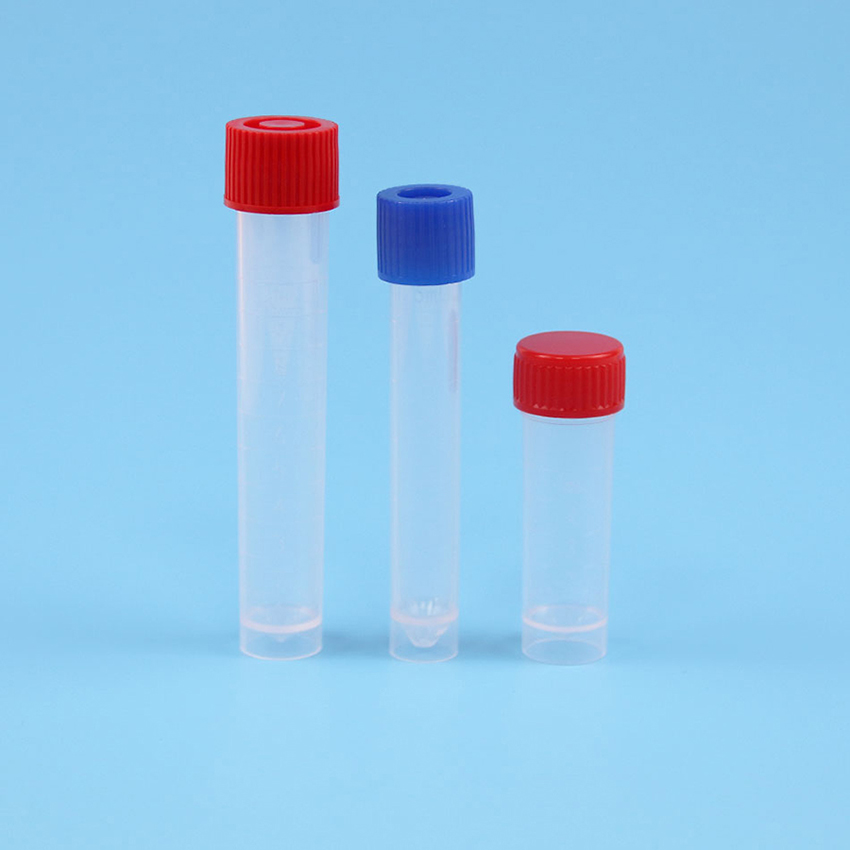Fry: Freshly hatched fish from fish eggs, 7 mm to 8 mm in length, called fry or splash. Wuzai: The fry is reared for 10 days to 15 days and develops a juvenile of 1.5 cm to 2.0 cm, known as Wuzi. Summer flowers: Wuzi will be reared for 10 days to 15 days and cultivate 3 cm to 5 cm of summer flowers. In some places, the fry will be cultured directly for 20 days to 25 days and raised to about 3 cm. Summer, it is called summer flowers, also known as fire tablets, inch tablets.
Winter Slices: Summer flowers are reared for 3 months to 5 months to develop 8 cm to 20 cm long fingerlings. This is the winter season or the following spring. Therefore, the so-called winter piece, also known as winter flowers, spring fish. It is also called one-year-old fingerling in production.
Autumn film: In the northern area, summer flowers are raised for 1 month to 2 months, and fish species of 5 cm to 8 cm in length are developed. Since they are in the fall, they are called autumn tablets, also known as autumn flowers.
Second-in-divided fish species: One-year-old fish species are cultivated for one year as second-infert fish species, also known as old-mouth fish species, also known as fish species. The larvae of herring and grass carp are usually raised first-in-divided fish species and then developed into adult fish (food fish) in the third year.
Identification of fry quality: fry of different individuals, due to the quality of fertilized eggs and many environmental conditions in the incubation process, resulting in a strong or weak constitution after hatching, strong fry adaptability to the environment, in the future During the cultivation process, the growth rate is fast and the survival rate is high; the inferior fry grows at a significantly slower rate during the subsequent cultivation process, and the survival rate is much lower. Therefore, when breeding seedlings, we must learn to identify the superiority and inferiority of fry, and we can distinguish the pros and cons according to their color, swimming status and struggling ability.
In the artificial reproduction of fish, it is easy to produce four kinds of inferior fry, which are variegated seedlings, “beard†seedlings, “trapped†seedlings and abnormal seedlings. The variegated seedlings are the inconsistent and complex colors of the fry; the “beard†seedlings are the fry that looks like a beard, that is, the body is not clean, and the sludge is dragged; the “sleepy flower†seedlings are weak in swimming ability and are stuck on the edge of the pool. Reluctant to swim fry; malformed seedlings are deformed fry, such as body bending, big eyes and small heads. These four kinds of fry are basically unable to survive, so when buying fish fry, it is necessary to understand the spawning date and hatching time of each batch of fry, and strictly select according to the quality identification standards in the table. It is forbidden to purchase the above 4 kinds of inferior fry, To create a good condition for improving the survival rate of fry cultivation.
Summer flower quality identification: The quality of common farm fish summer flowers can be identified according to the size of the outlet pond, body color, fish activity, and physical strength.
The cryovial is made of medical polypropylene (PP) and is a disposable laboratory consumable specially used for storing biological samples. In the gaseous state of liquid nitrogen, it can withstand low temperature to
minus 187°C. The unique external rotation design avoids the possibility of cross-contamination. Silicone gasket inside the cap to avoid liquid leakage and ensure tightness even at cryogenic storage temperatures
The sealing property finally ensures the safety of the samples in the tube. Caps come with a variety of embeddable color codes for easy identification.

Cryopreservation Tube,Virus Transfer Culture Cryotube,Laboratory Bacteria Cryotube,Bacteria Storage Plastic Test Tube
Jiangsu HXRT MD Co.,Ltd , https://www.jshxrtmed.com